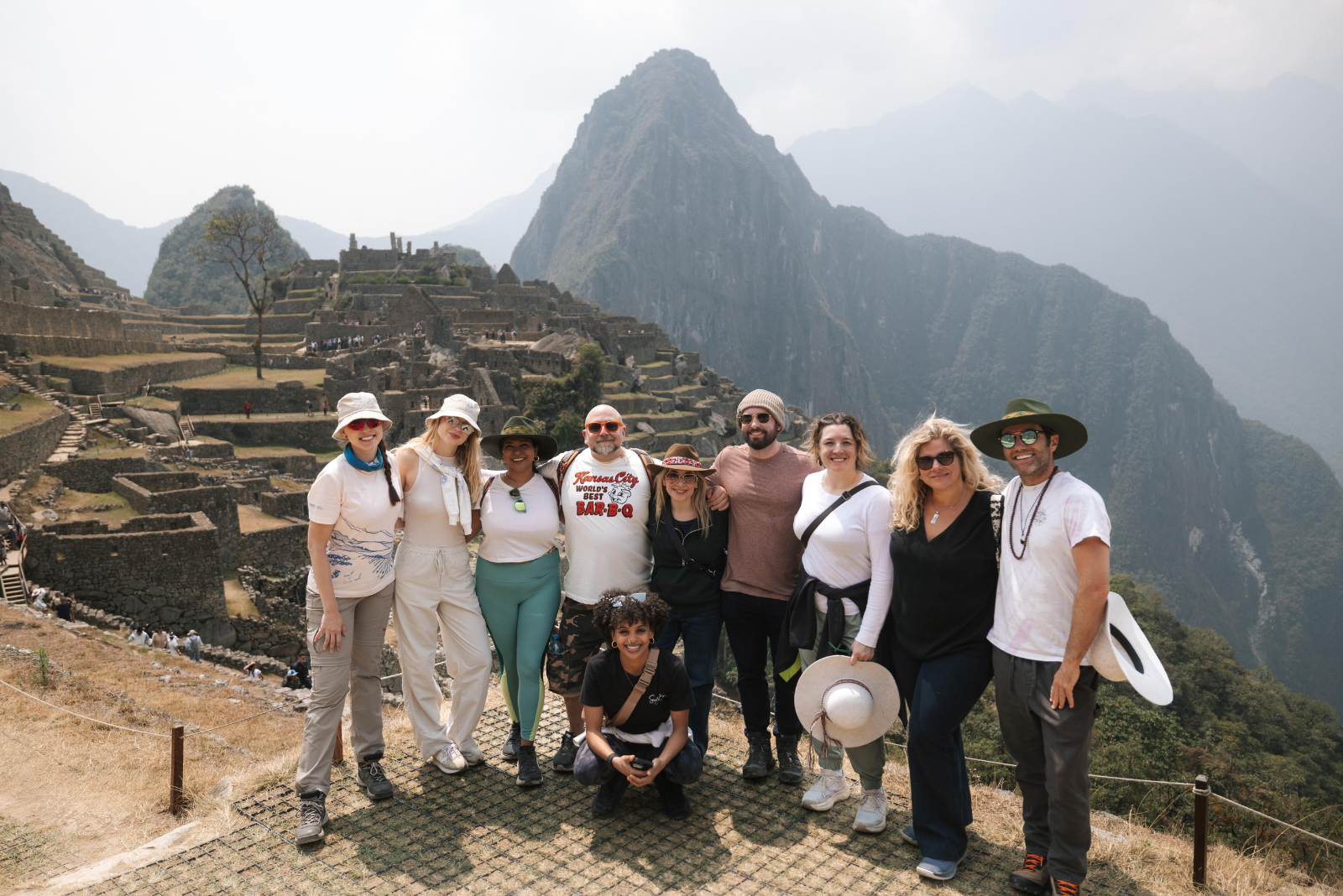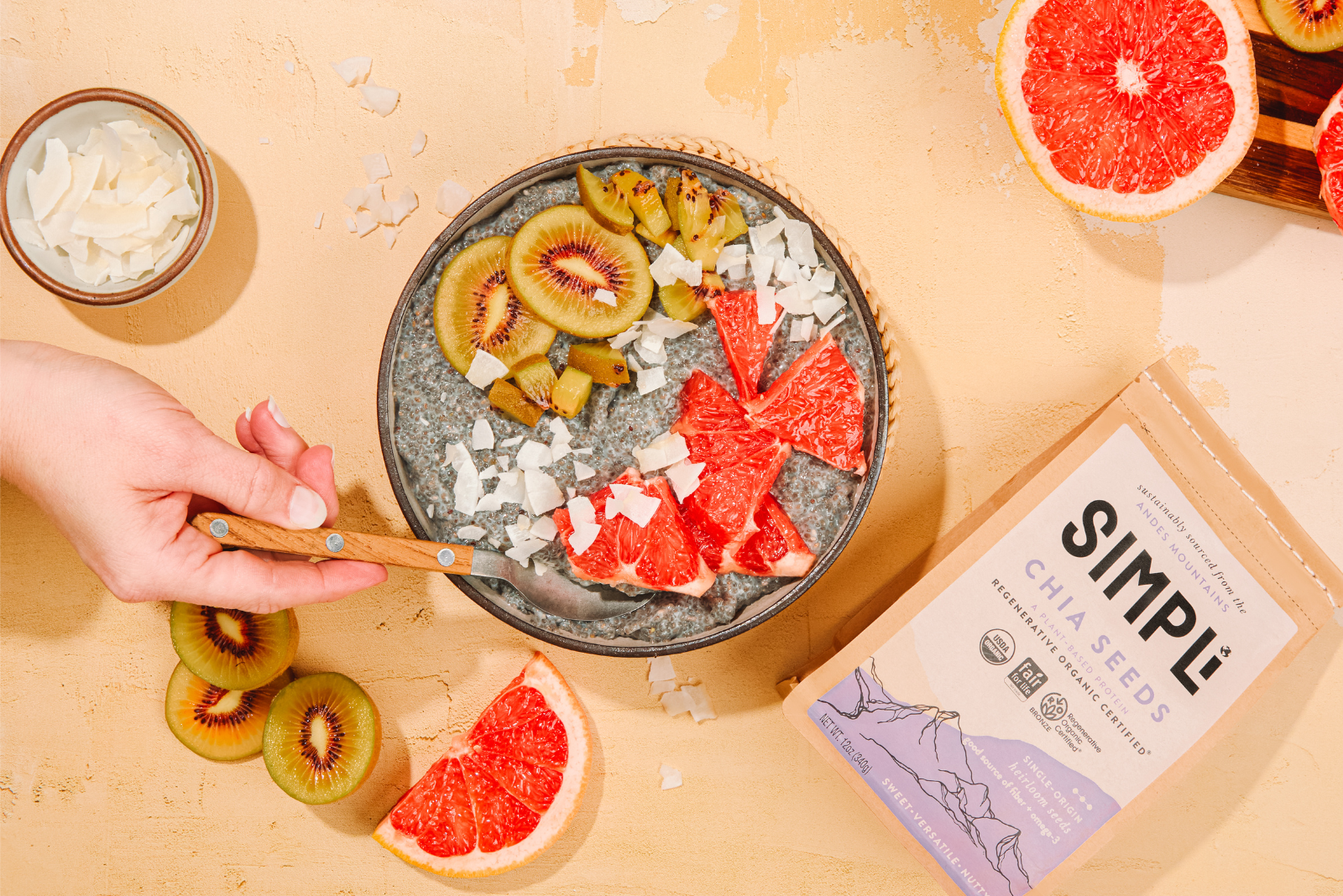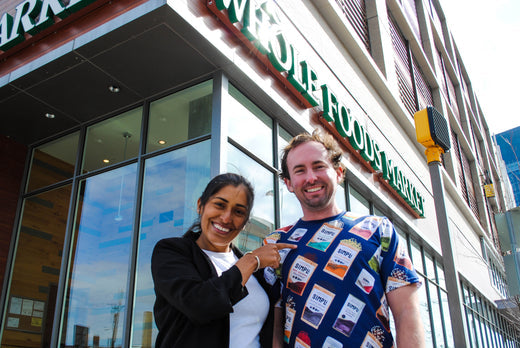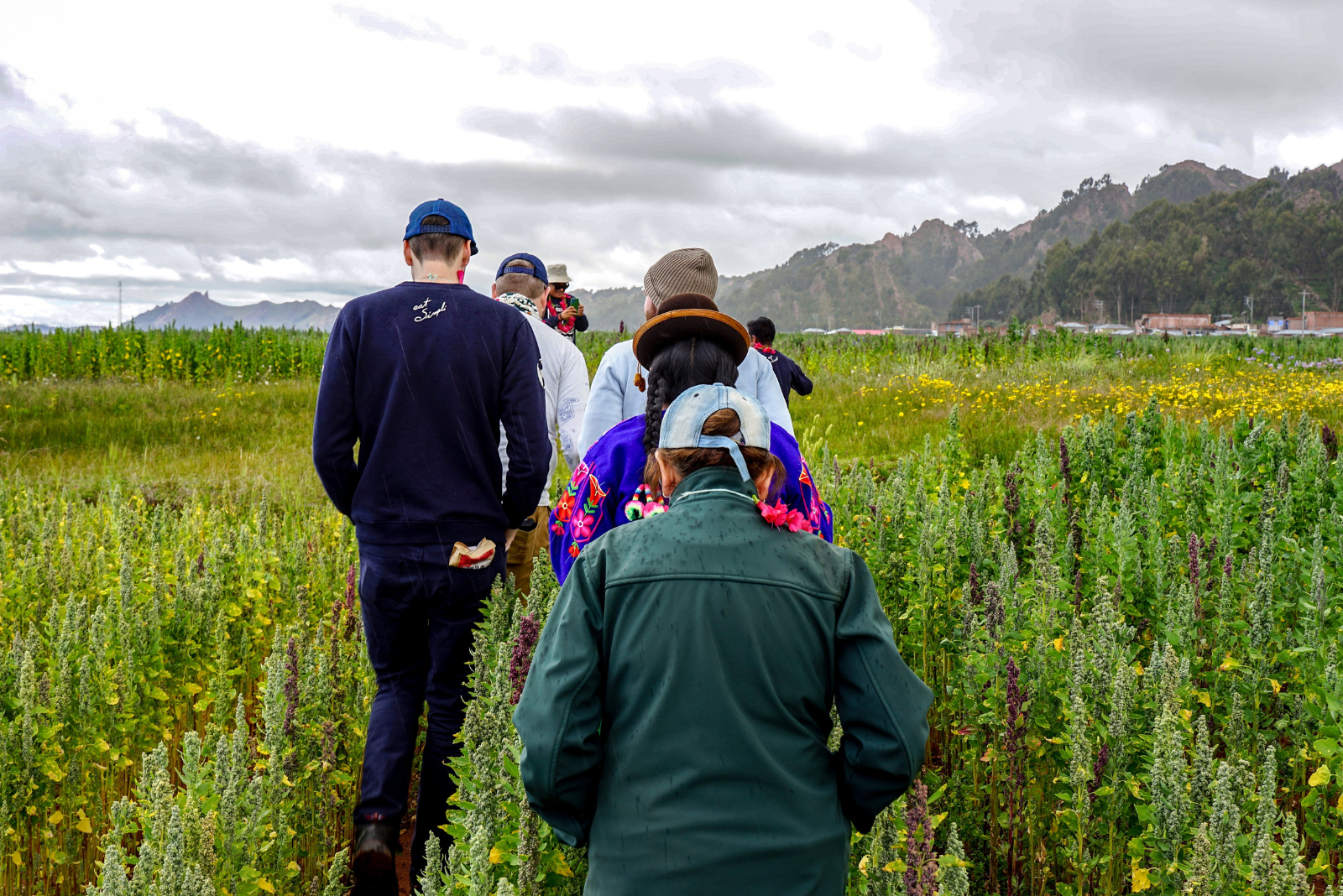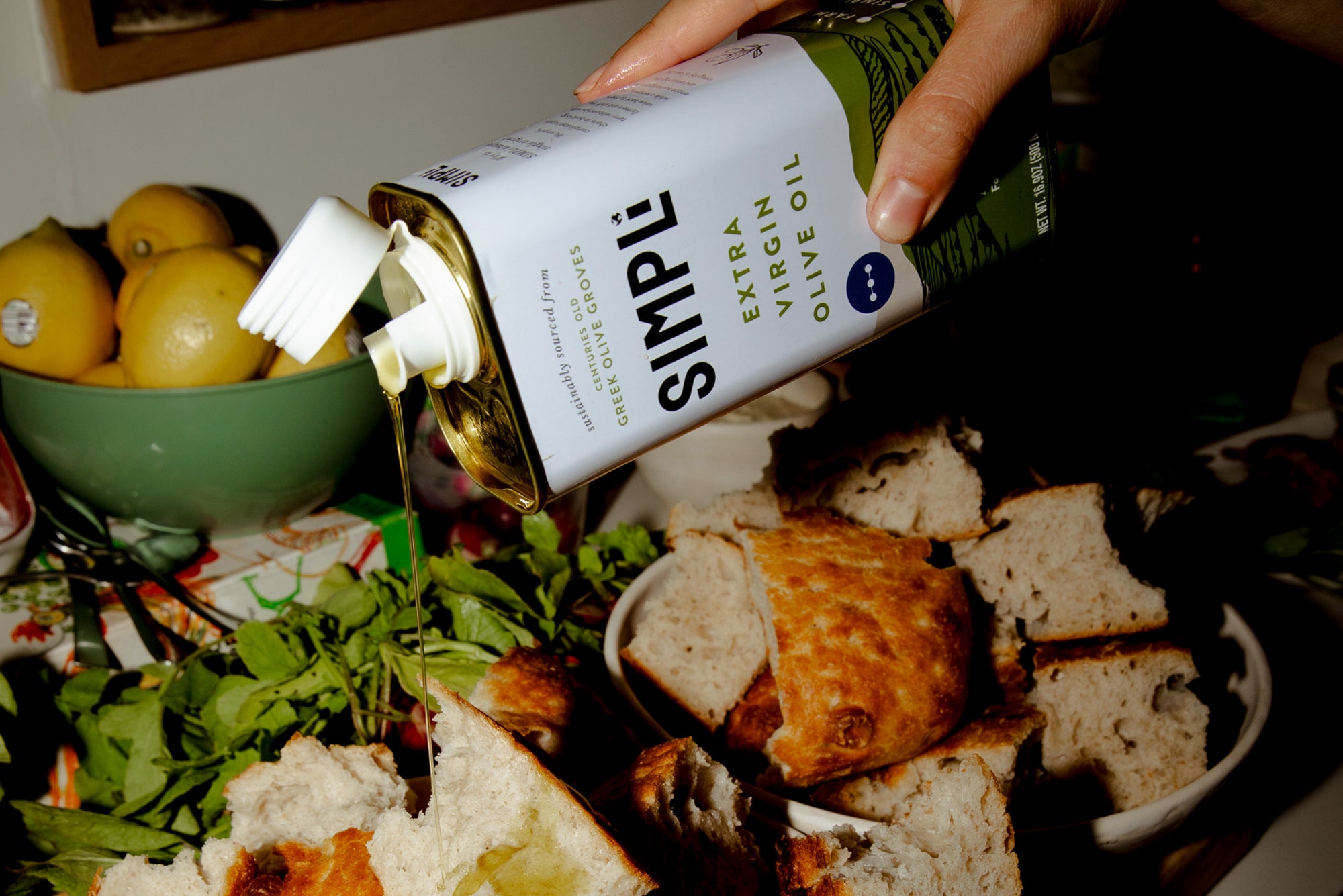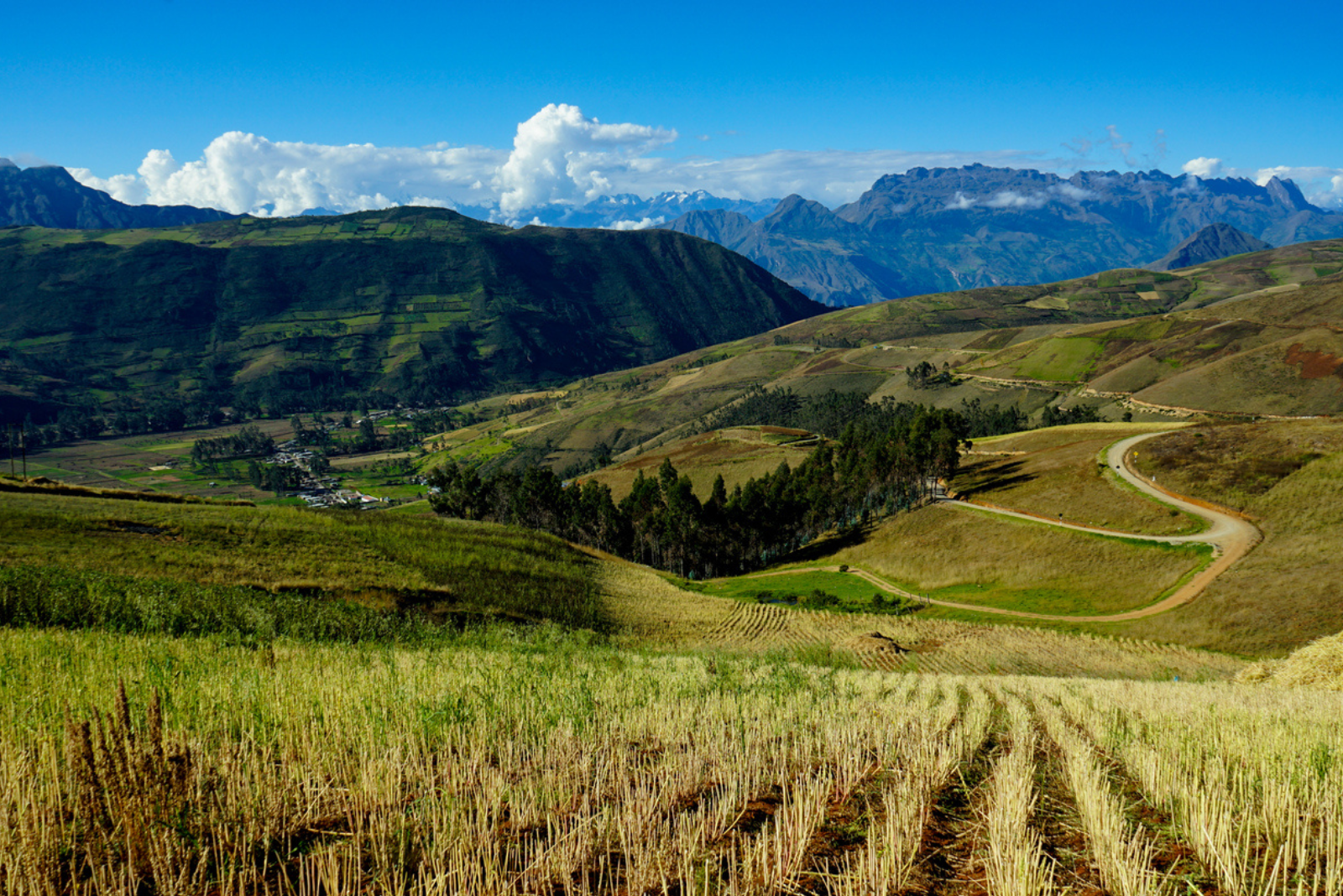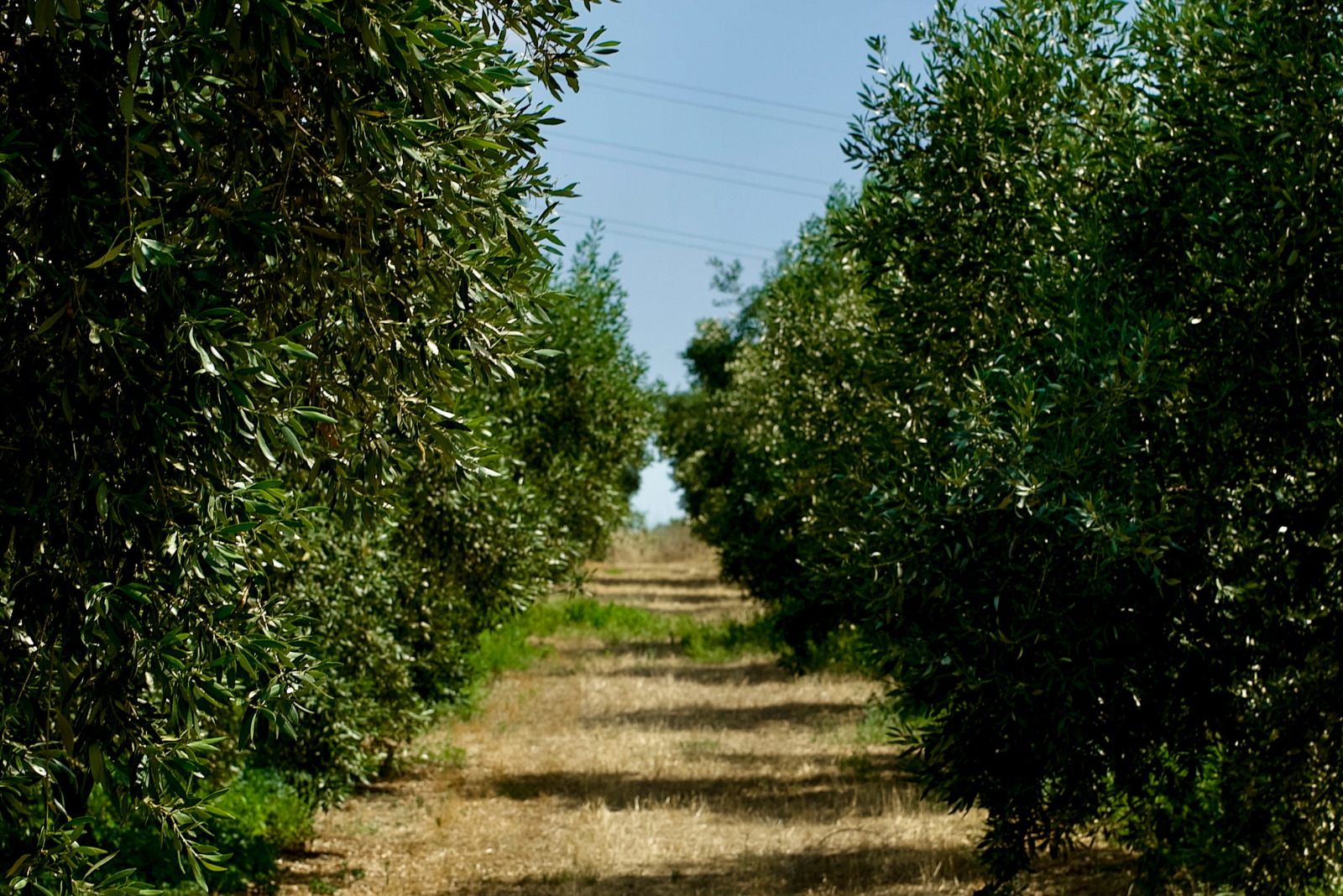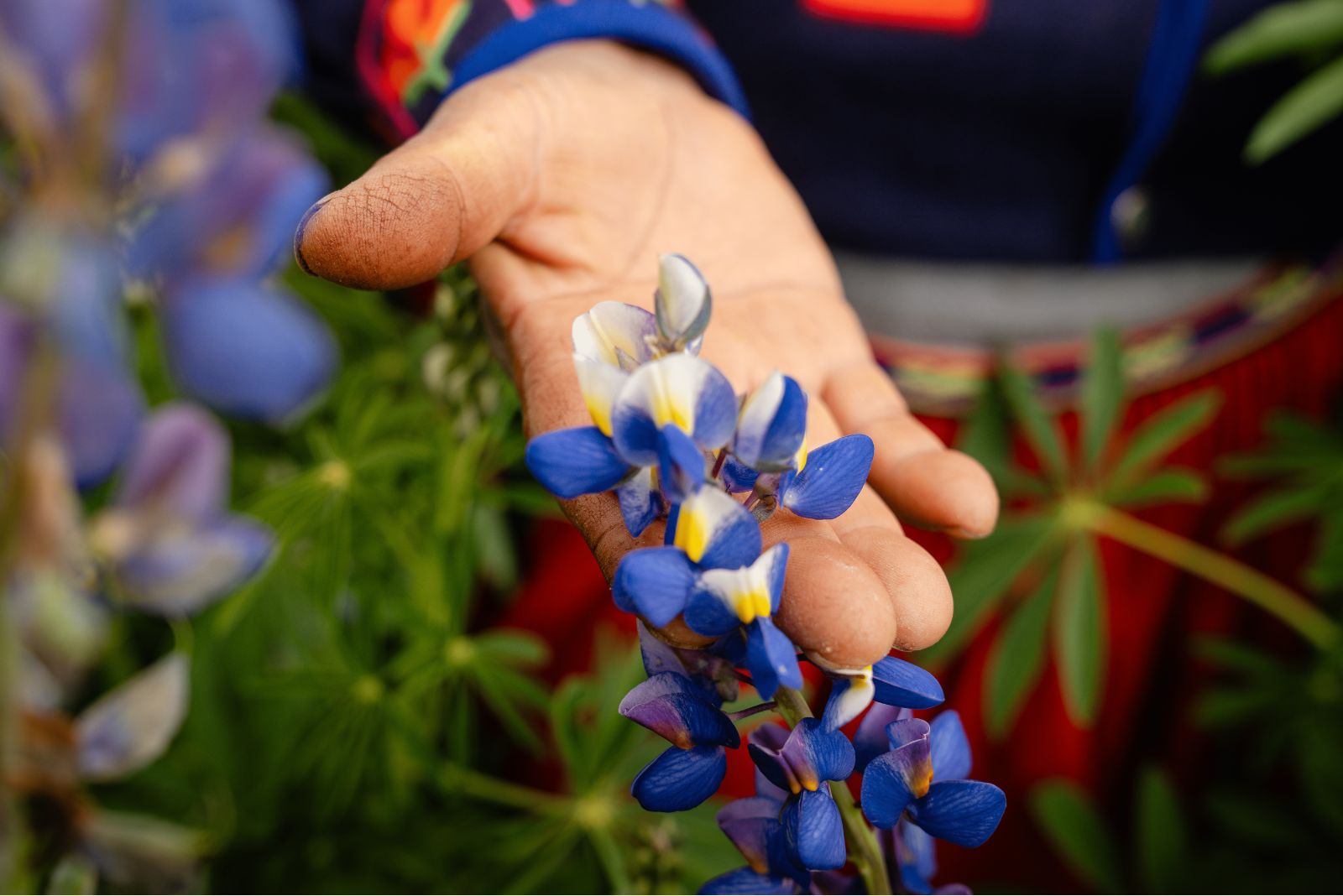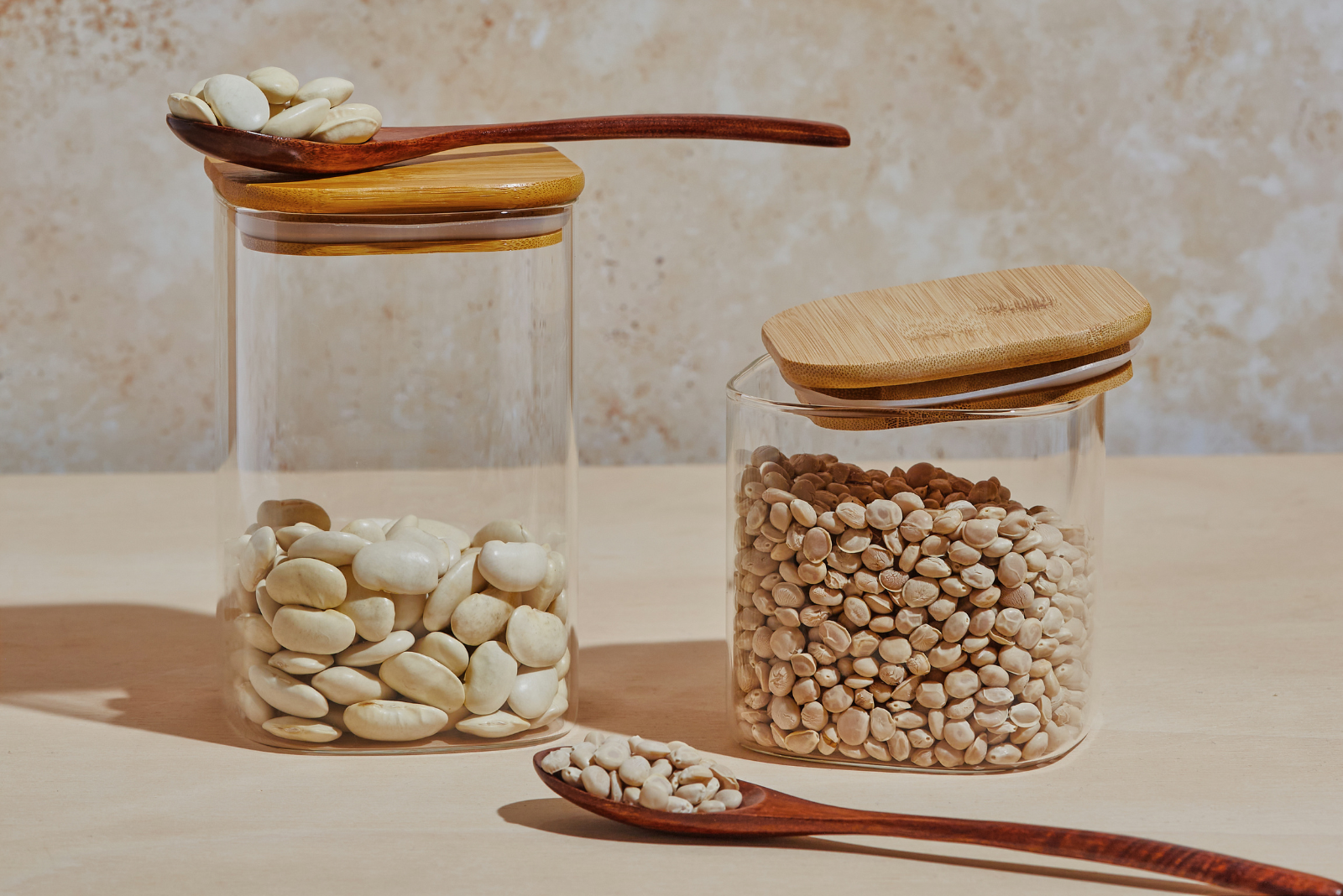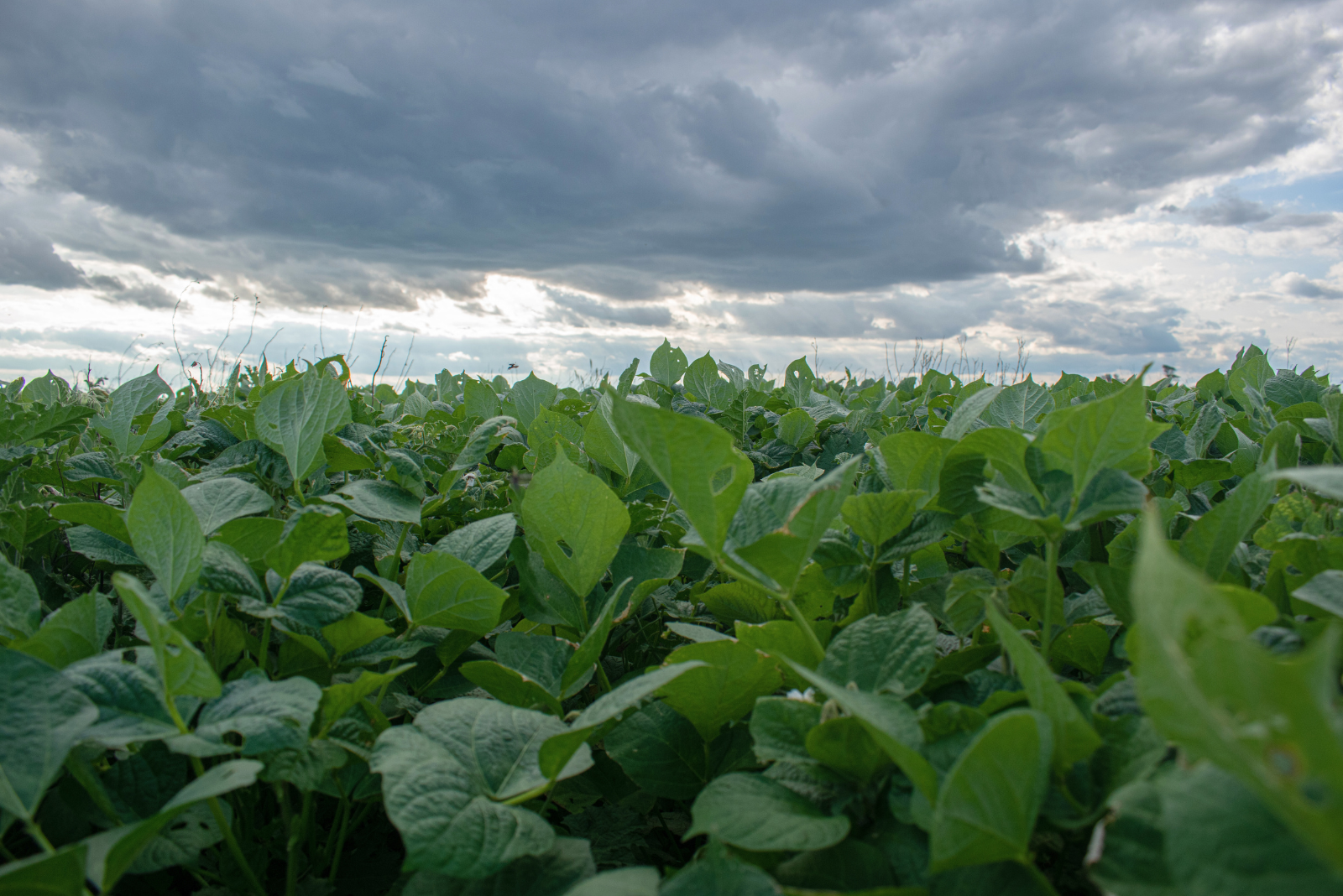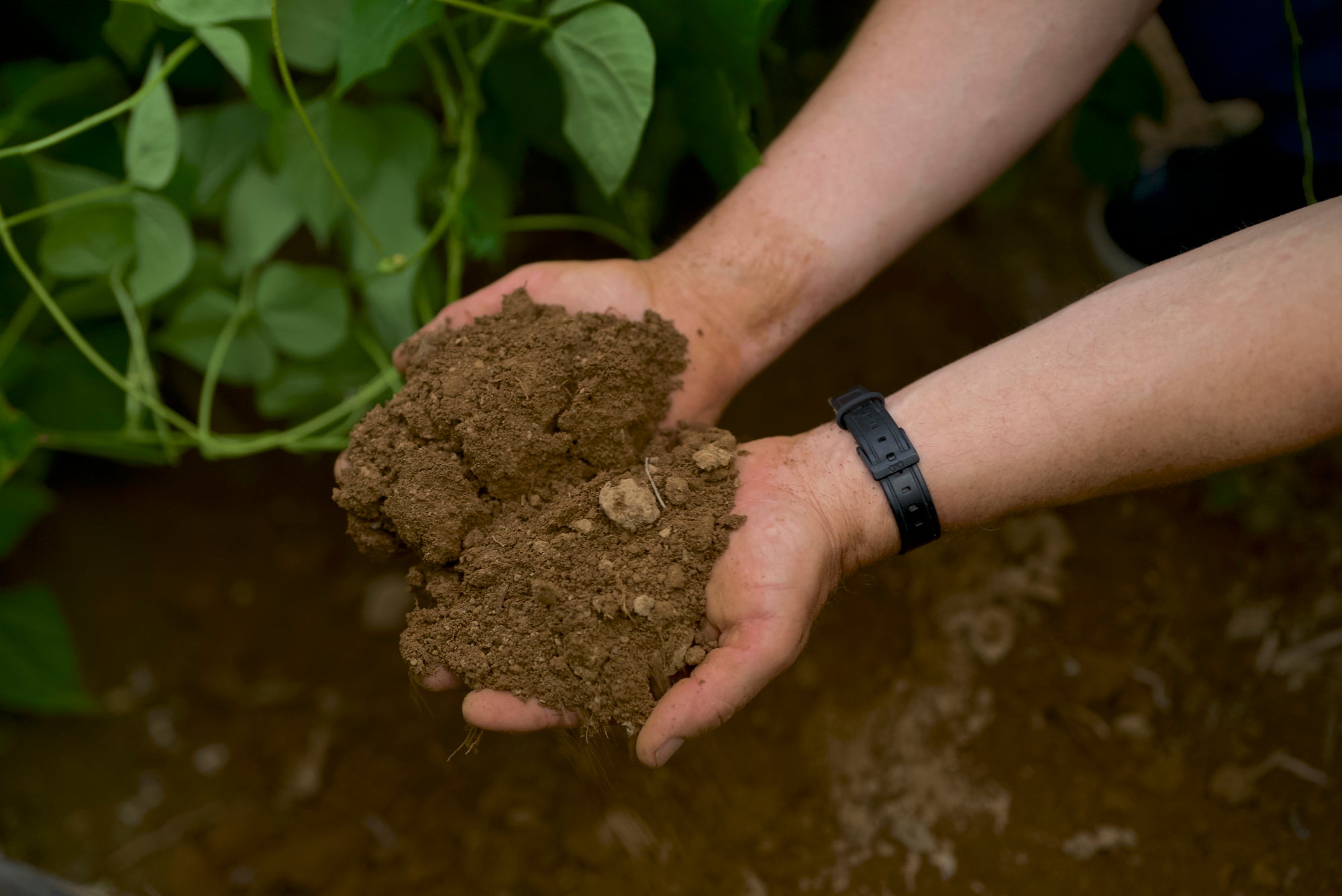Healthy soil is the foundation of successful and sustainable agriculture. Soil is a living ecosystem teeming with diverse organisms – bacteria, fungi, algae, and other tiny creatures are the unsung heroes of farming, quietly working in the background to keep our land healthy and thriving.
With global temperatures, chronic health issues, and food deserts steadily rising in our world, prioritizing soil health is becoming more crucial than ever because it's the foundation for developing strong, resilient, and stable food systems and fighting climate change. At SIMPLi, we’re working closely with farmers to adopt regenerative organic agriculture practices such as cover cropping, crop rotation, and composting to boost the health of their soil and strengthen their harvests. These farming methods not only improve soil quality but also create other environmental benefits like promoting carbon sequestration, water absorption, and ecological diversity. It's not just about what's on the surface—it's about building a strong foundation for a better future through our soil.
So what exactly are these regenerative organic practices that create healthier soil at the farm level? We’re here to help you break them down into simple terms.

What are Cover Crops?
Cover crops are plants strategically planted to cover the soil in between crop harvests to protect the soil and restore its vital nutrients. Cover crops are powerful and essential tools for enhancing soil quality and structure. In addition to helping control pests and boosting nutrients in our soil, cover crops protect the soil from wind and water erosion which can contribute to soil loss and exhaustion decreased yields during harvest. They also provide food for local animals and wildlife, contributing to animal welfare.
Cover crops have a unique ability to naturally enrich the soil by fixing nitrogen from the atmosphere and reducing the need for synthetic fertilizers. They are crucial to helping our soils retain more nutrients and create strong, resilient agricultural ecosystems. Some common examples of cover crops include legumes (clover, vetch, peas, beans), cereals (rye, wheat, barley, oats), forage grasses, and broadleaf species (such as buckwheat). From clover to oats, our farms feature a diverse array of cover crops tailored to each region's unique needs. In places like Puno and Ayacucho in Peru, we use hearty grains like oats and barley as cover crops for ingredients like quinoa, amaranth, and beans. These plants play a crucial role in revitalizing our soil, fostering biodiversity, and yielding the nutrient-rich ingredients that define SIMPLi's commitment to sustainability.

What is Crop Rotation?
Crop rotation is like a dance for the soil, where different crops take turns on the same plot of land, bringing balance and vitality to the earth. This process helps optimize soil nutrients, control pests, and restore soil health. At SIMPLi, we're all about this dynamic rhythm, rotating our crops from season to season to keep our soil strong and our harvests abundant.
Crop rotations are also opportunities to inform product innovation. At SIMPLi, we pride ourselves in looking to the land to inform our new product offerings. SIMPLi’s first product was quinoa grown in the Andes mountains which rotates with beans, chia, and amaranth, so we introduced these latter products to our Regenerative Organic Certified® product portfolio in 2023. Our gigante beans from Kastoria, Greece, also rotate with our lentils and chickpeas. By bringing new crops from regenerative ecosystems that rotate with our current products to market, we can introduce nutritious and delicious products to consumers, prevent food waste, and reward farmers for maintaining regenerative organic farming practices.

What is Compost?
At SIMPLi, we're all about keeping things simple and natural. Compost is nature's way of recycling – it takes everyday stuff like food scraps, leaves, and manure and turns them into nutrient rich goodness that plants love. As compost breaks down, it creates a cozy home for helpful microbes in the soil, making it super fertile and ready to nourish plants. This means better root access to water and nutrients, which equals bigger, healthier crops.
But composting does even more – it helps soil hold onto water better, which is a big plus in drought-prone regions. Plus, by giving soil all the good stuff it needs naturally, like nitrogen and potassium, composting reduces the need for synthetic fertilizers, making farming more sustainable and eco-friendly.
In a nutshell, composting is like a superhero for soil health, crop growth, and planet protection. And by embracing sustainable farming practices like composting, we're not just growing food – we're growing a better future for everyone.

As the world's population grows, it’s important to farm in a way that keeps our planet and its soil healthy. The Intergovernmental Technical Panel on Soils (ITPS) defines soil health as the soil's ability to sustain productivity, diversity, and environmental services of terrestrial ecosystems. By adopting soil health practices, farmers can keep their land healthy and productively grow nutrient-dense and flavorful food for years to come.
When it comes to sustainable farming, regenerative organic agriculture is the gold standard. By investing in regenerative organic farming practices, we're not just helping the environment – we're building a brighter future for everyone, from farmers to future generations. It's a win-win for the planet and all of us who call it home.



